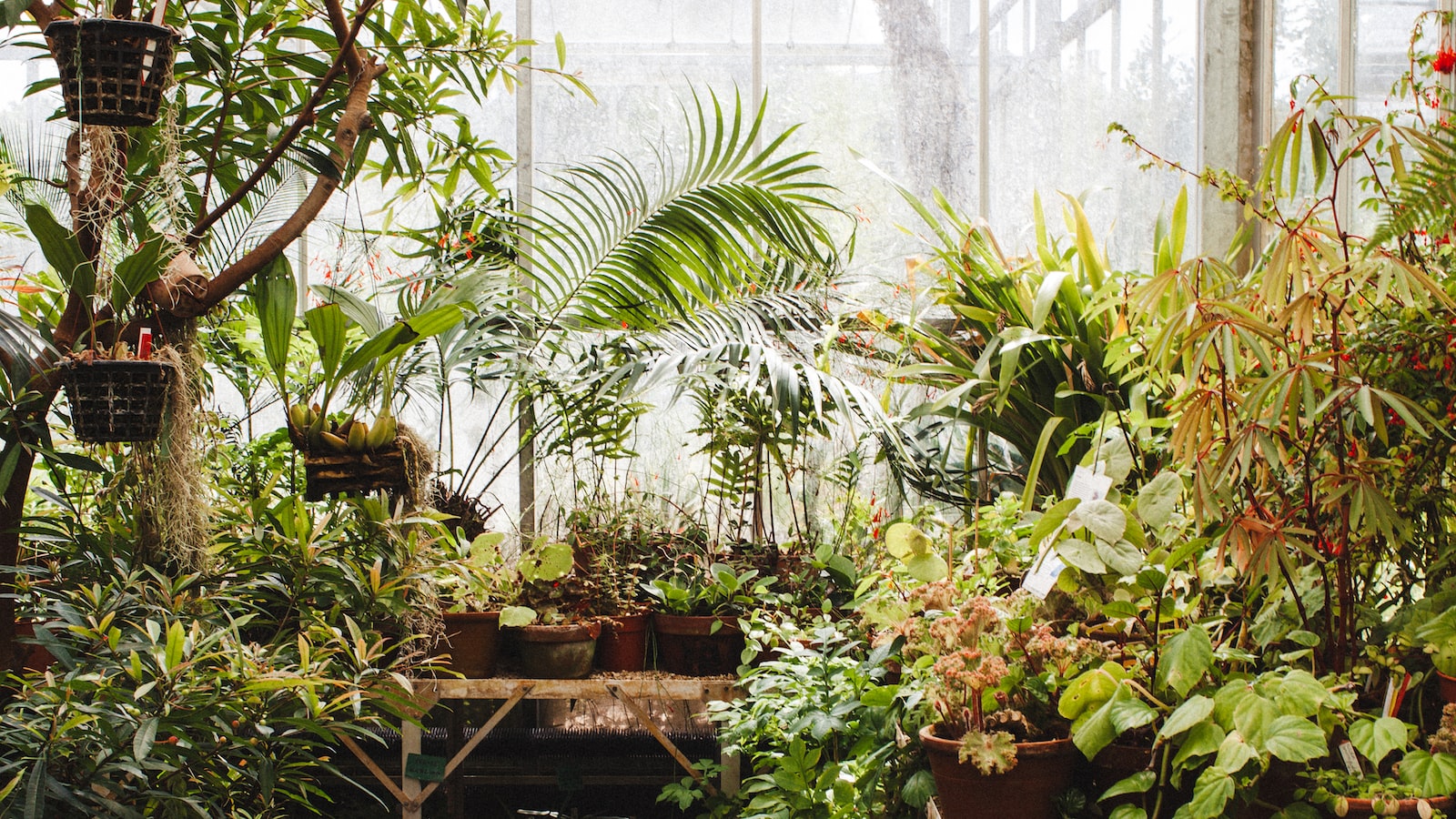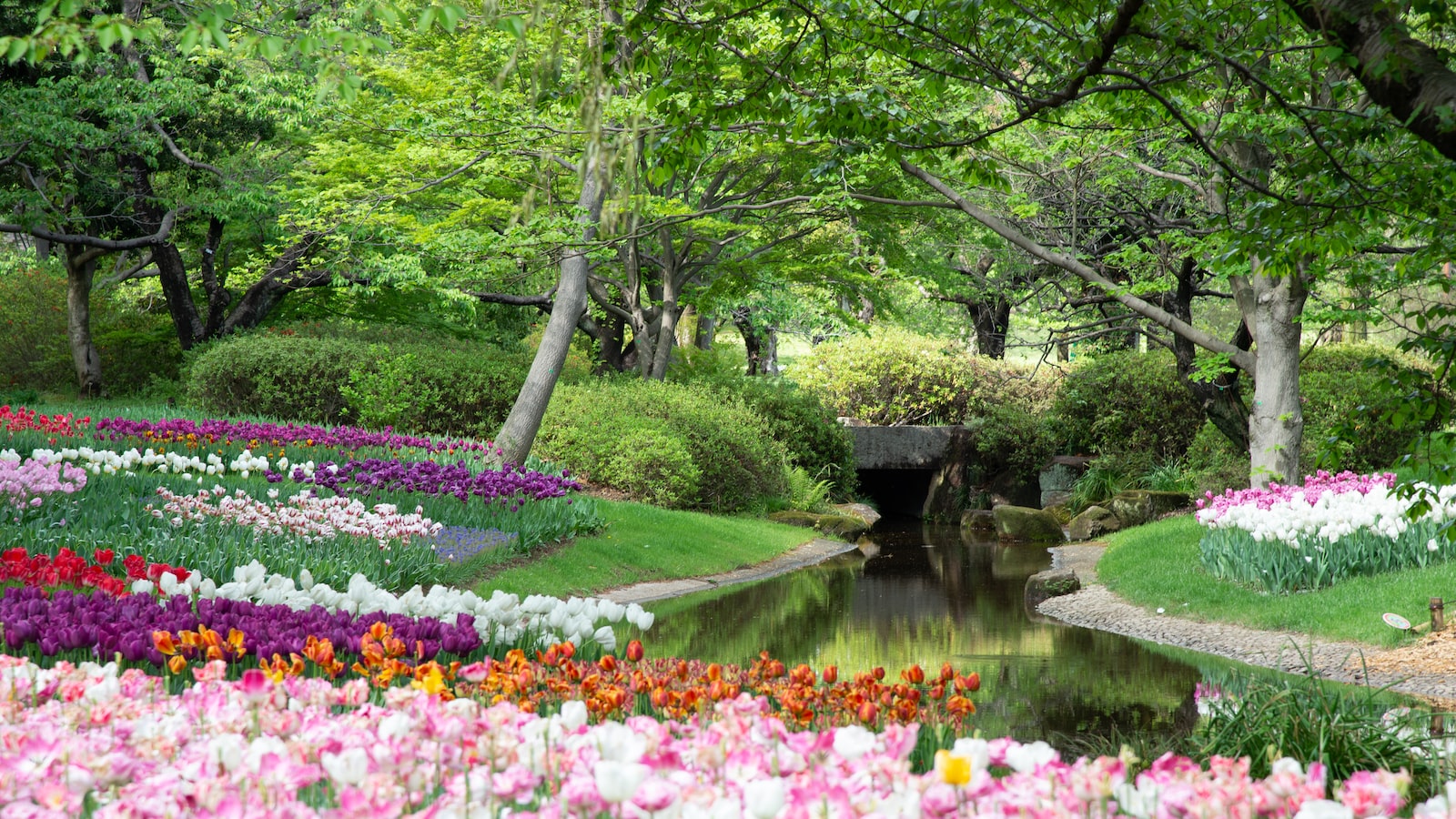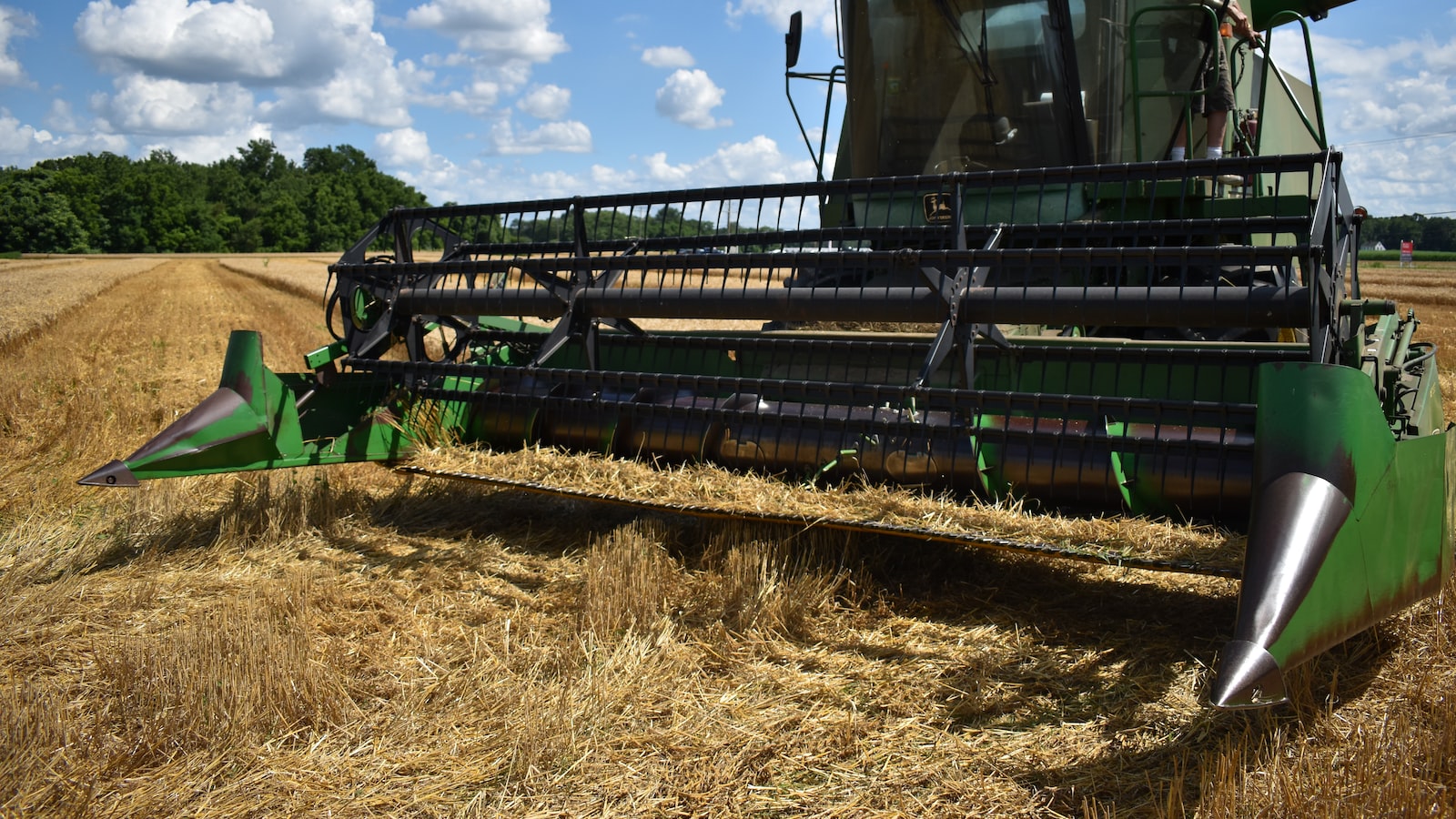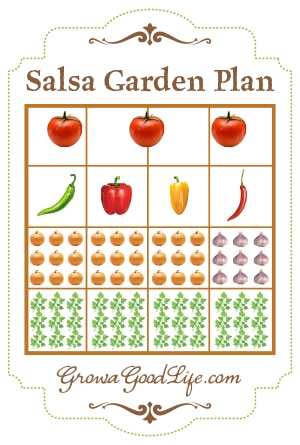Are you tired of mediocre store-bought salsa that never quite hits the spicy, tangy notes you crave? It’s time to take matters into your own hands and cultivate a vibrant salsa garden right in your backyard. Growing your own ingredients guarantees a fresh, flavorful batch every time, and you’ll savor the satisfaction of witnessing the transformation from tiny seeds to tantalizing appetizer. In this article, we’ll guide you step by step on how to create your own salsa garden, filled with an explosion of zesty tomatoes, aromatic onions, fiery peppers, and a symphony of fresh herbs. So, dust off your gardening gloves and join us in this exciting salsa-growing adventure!
Planning Your Salsa Garden: Choosing the Right Varieties and Components
If you’re a fan of the tangy and spicy flavors of salsa, why not try your hand at growing your very own salsa garden? Whether you have a spacious backyard or a small patio, with a little planning and the right varieties and components, you can enjoy fresh and delicious salsa made from homegrown ingredients. Let’s dive into the world of salsa gardening and explore the essential elements that will help you create a thriving salsa garden.
Choosing the right varieties of tomatoes, peppers, onions, and herbs is crucial for a successful salsa garden. Consider selecting heirloom varieties for a burst of flavor and unique colors. For tomatoes, popular choices include Roma, San Marzano, and Cherry varieties. When it comes to peppers, you can opt for Jalapeno, Serrano, or Habanero, depending on your preferred level of heat. Don’t forget to include onions such as red or white varieties, and aromatic herbs like cilantro or parsley to add complexity to your salsa. Remember, the key is to choose varieties that suit your taste preferences and growing conditions.
To ensure optimal growth and productivity of your salsa garden, there are a few components you need to consider. Start by preparing a sunny location for your garden beds or containers, as most salsa ingredients thrive in full sun. Before planting, make sure the soil is well-draining and enriched with organic matter. Adding compost or well-rotted manure will provide the necessary nutrients for healthy plant development. Consider using mulch to help retain moisture and suppress weed growth. Regular watering, especially during dry spells, is essential to keep your salsa garden hydrated. Additionally, depending on your region, you may need to provide support structures such as stakes or cages for your tomato plants, allowing them to grow upright and make harvesting easier.
| Feature/Tips | Description |
| Companion Planting | Plant cilantro and tomatoes in close proximity to enhance flavor and ward off pests. |
| Pest Control | Keep pests at bay by using natural deterrents like diluted dish soap or neem oil. |
| Salsa Garden Varieties | Experiment with different tomato and pepper varieties to create unique flavor combinations. |
Creating and tending to a salsa garden can be a rewarding and enjoyable experience. Not only will you have the satisfaction of growing your own fresh ingredients, but you’ll also have an abundance of flavorful produce to create delicious salsas to enjoy with friends and family. So, roll up your sleeves, plan your salsa garden, and embark on an exciting journey of growing your very own salsa ingredients!

Preparing Your Salsa Garden: Soil Preparation and Optimal Planting Conditions
In order to cultivate a thriving salsa garden, it is crucial to prepare the soil adequately and create optimal planting conditions. The success of your garden depends on the quality of the soil and the care you provide to your plants during their early stages. Here are some essential steps to follow for a bountiful salsa garden:
Firstly, ensure that the soil in your selected area is well-draining and rich in organic matter. Salsa plants thrive in loamy soil that retains moisture while allowing excess water to drain to prevent root rot. You can improve soil drainage by adding compost or organic matter. Secondly, consider performing a soil test to determine the nutrient composition and pH levels. Salsa plants prefer slightly acidic soil with a pH range between 6.0 and 6.8. Adjust the pH level accordingly using soil amendments if needed. Remember, healthy soil is the foundation for healthy plants!
When selecting the optimal planting conditions, keep in mind that salsa plants require a generous amount of sunlight. As salsa crops belong to the Solanaceae family, which includes tomatoes and peppers, they need at least 6-8 hours of direct sunlight each day. Find a sunny spot in your garden or consider using containers for a patio or balcony. Additionally, providing a trellis or stakes for support is beneficial for indeterminate tomato varieties.
To
further guide your salsa garden preparations, here is a handy table with key features and tips:| Features/Tips | Description |
|---|---|
| Companion Planting | Plant cilantro and basil near your tomatoes and peppers to naturally repel pests and enhance flavor. |
| Proper Spacing | Give sufficient space between plants to ensure optimal air circulation, reducing the risk of diseases. |
| Mulching | Apply a layer of organic mulch around your plants to conserve moisture, suppress weeds, and maintain a more stable soil temperature. |
By following these soil preparation and planting condition guidelines, you are well on your way to growing a flourishing and flavorsome salsa garden. Enjoy plucking vine-ripened tomatoes, picking spicy peppers, and harvesting aromatic herbs to create delectable homemade salsa for your culinary adventures!
Caring for Your Salsa Garden: Watering, Nutrients, and Pest Control
Once you’ve planted your salsa garden, it’s important to care for it properly to ensure a bountiful harvest of fresh, flavorful ingredients. One of the key aspects of caring for your salsa garden is ensuring it receives adequate water. Salsa plants, like tomatoes and peppers, thrive in well-drained soil that is consistently moist but not waterlogged. Water your garden deeply, allowing the water to reach the roots, but be careful not to overwater, as this can lead to root rot. To keep track of watering, consider using a moisture meter or sticking your finger into the soil to gauge its moisture level. Aim to water your salsa garden regularly, ensuring the soil remains evenly moist.
In addition
to watering, providing your salsa garden with the right nutrients is essential for healthy plant growth and vibrant flavors. Plant-based compost or well-rotted manure can be added to the soil before planting to improve its fertility. You can also incorporate a balanced fertilizer, such as a 10-10-10 or 14-14-14 blend, during the growing season. Apply fertilizer sparingly, following the instructions on the package, as over-fertilizing can result in excessive foliage growth at the expense of fruit production. Mulching around your salsa plants with organic matter, such as straw or grass clippings, can help retain moisture and suppress weeds while adding nutrients to the soil as it breaks down.To tackle pests that may pose a threat to your salsa garden, consider using natural pest control methods. Companion planting is a great way to deter pests while benefiting your plants. For instance, planting marigolds alongside your salsa plants can repel various insects, including nematodes and aphids. Additionally, attract beneficial insects like ladybugs and lacewings by planting flowers such as daisies and yarrow nearby. Implementing physical barriers like row covers or netting can also help protect your plants from pests like birds or rabbits. Regularly inspect your salsa garden for signs of pests or diseases and take prompt action, such as handpicking insects or applying organic insecticides, if necessary.
| Features | Tips |
|---|---|
| Proper watering | Water deeply and consistently |
| Appropriate nutrients | Add compost and balanced fertilizer |
| Natural pest control | Companion planting and physical barriers |


